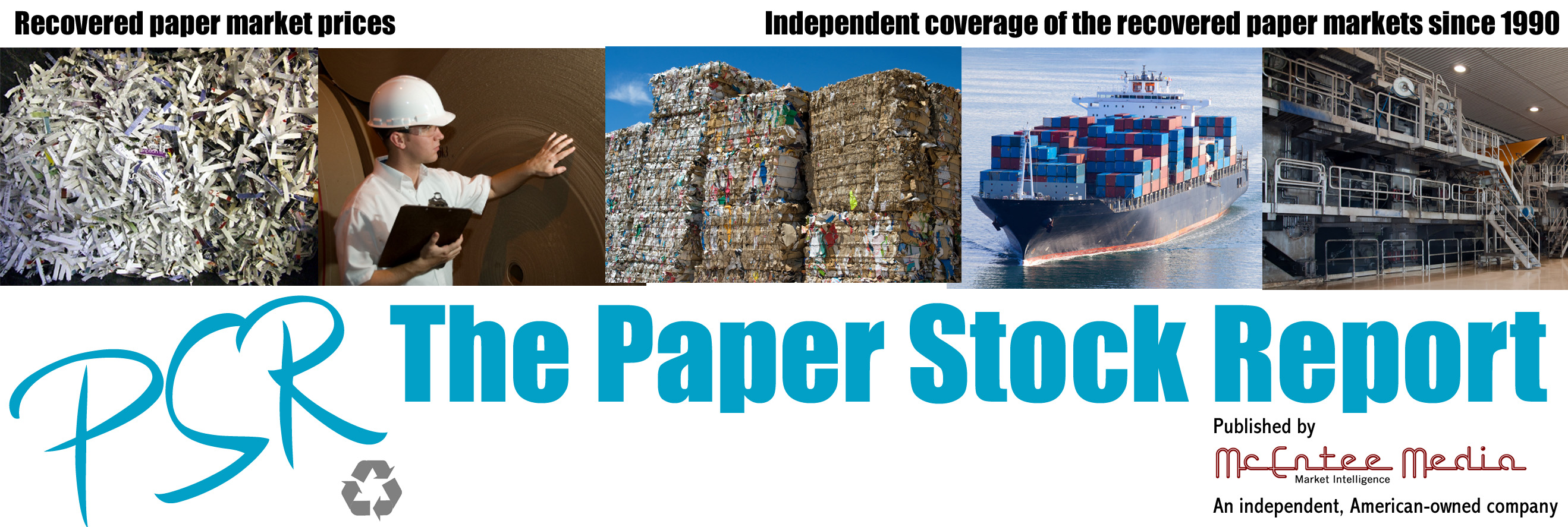Paper is the sustainable choice, Two Sides Says
March 27, 2019
Two Sides North America, a Chicago-based non-profit organization dedicated to promoting the responsible production, use and sustainability of print and paper, has released a fact sheet outlining key facts and figures about the environmental sustainability of the North American pulp and paper industry.
Two Sides said the information was compiled from more than 20 different reports, studies and sources.
Here are some of the highlights of the fact sheet:
- Paper recovery rates in North America continue to be among the highest in the world. With recovery rates of 66 percent and 70 percent in the U.S. and Canada respectively, the amount of paper being recycled continues to increase. These rates are significantly higher than other materials and products such as glass, plastic, metals and electronics.
- Forest area is stable to growing in North America. The key causes of deforestation are not forestry, but rather agriculture, urbanization, hydro and other industrial development (ex: oil and gas). Sustainable forestry practices, either voluntarily or through regulation, ensure that the majority of harvested areas are replanted to regenerate forests.
- Nearly half of the globally certified forests are located in North America. Forest certification based on standards such as the Sustainable Forestry Initiative and the Forest Stewardship Council, promotes strong forest management practices which result in economically viable, ecologically sound, and socially just outcomes. Many companies in North America comply with these standards and the forest area certified increases annually.
- The pulp and paper industry is one of the lowest emitters of greenhouse gas (GHG) emissions as compared to other major industrial manufacturing industries. This result is due in part to energy efficiency improvements as well as the relatively high use of carbon-neutral biomass (and low use of fossil fuels) in pulp and paper manufacturing.
- The North American pulp and paper sector is heavily regulated. Pulp and paper mills are continuously improving and reporting environmental performance due to changing and evolving environmental regulations. Many companies also go beyond the required regulations as outlined in annual published sustainability reports. This regulatory framework which helps drive corporate responsibility is also one of the reasons why the U.S. and Canada rank relatively high on the Corruption Perceptions Index (Transparency International) and the Environmental Performance Index (Yale & Columbia Universities).

